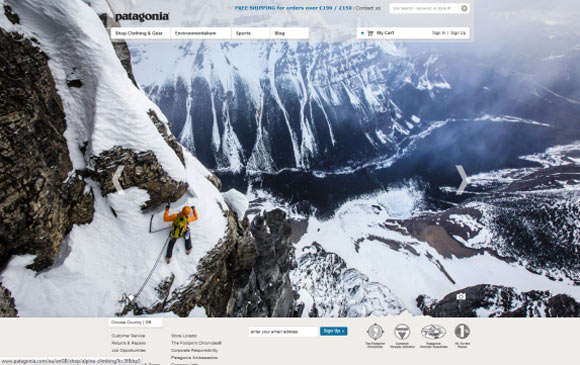 A tiny point with a big impact: the Vodafone dropdown menu for Media refers to ‘media and blogger contacts’ – very unusual.
A tiny point with a big impact: the Vodafone dropdown menu for Media refers to ‘media and blogger contacts’ – very unusual.
We like this because it demonstrates that the company is open to bloggers communicating with them (some companies don’t see bloggers as part of the media pack – telecoms companies often do).




